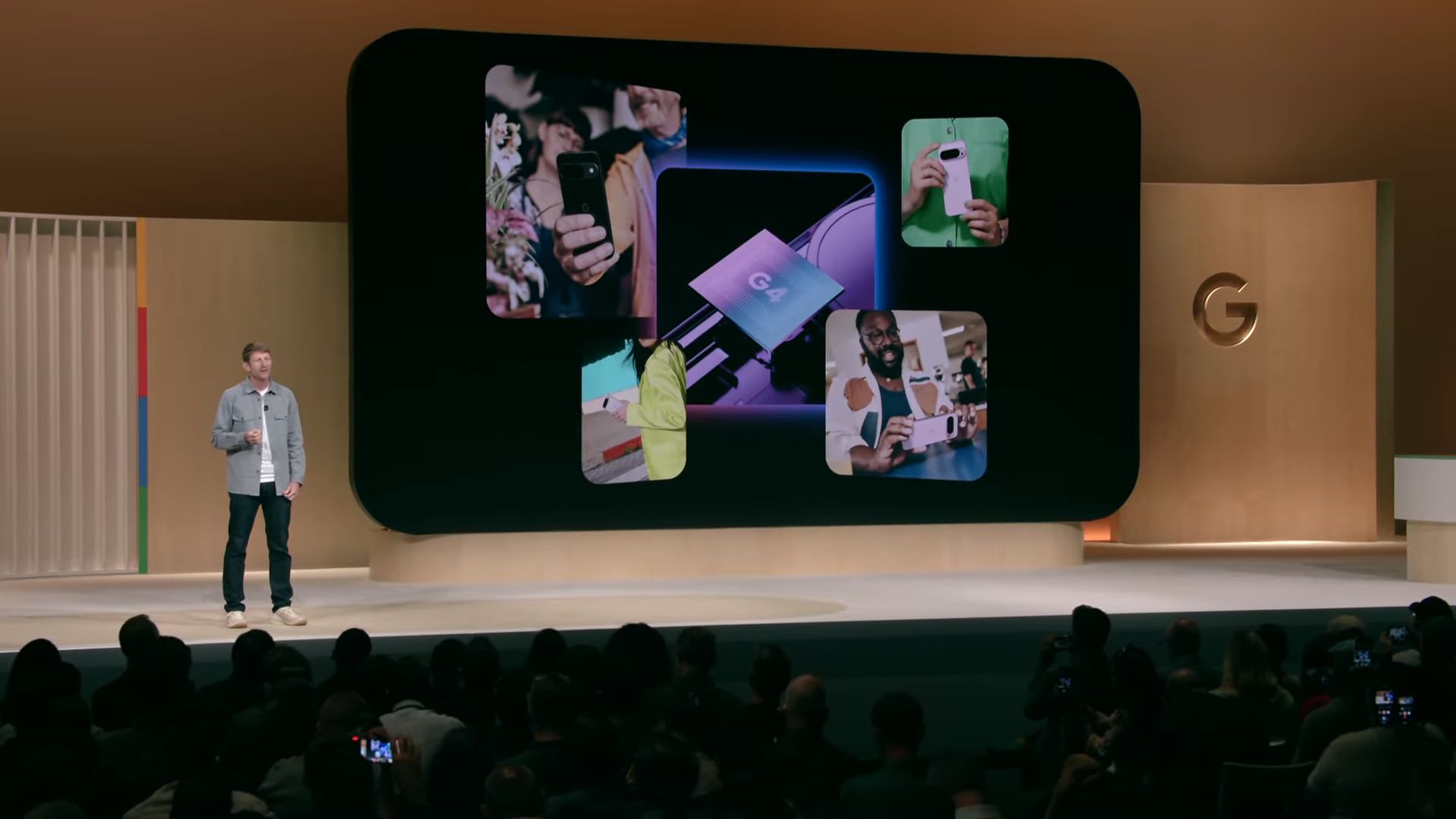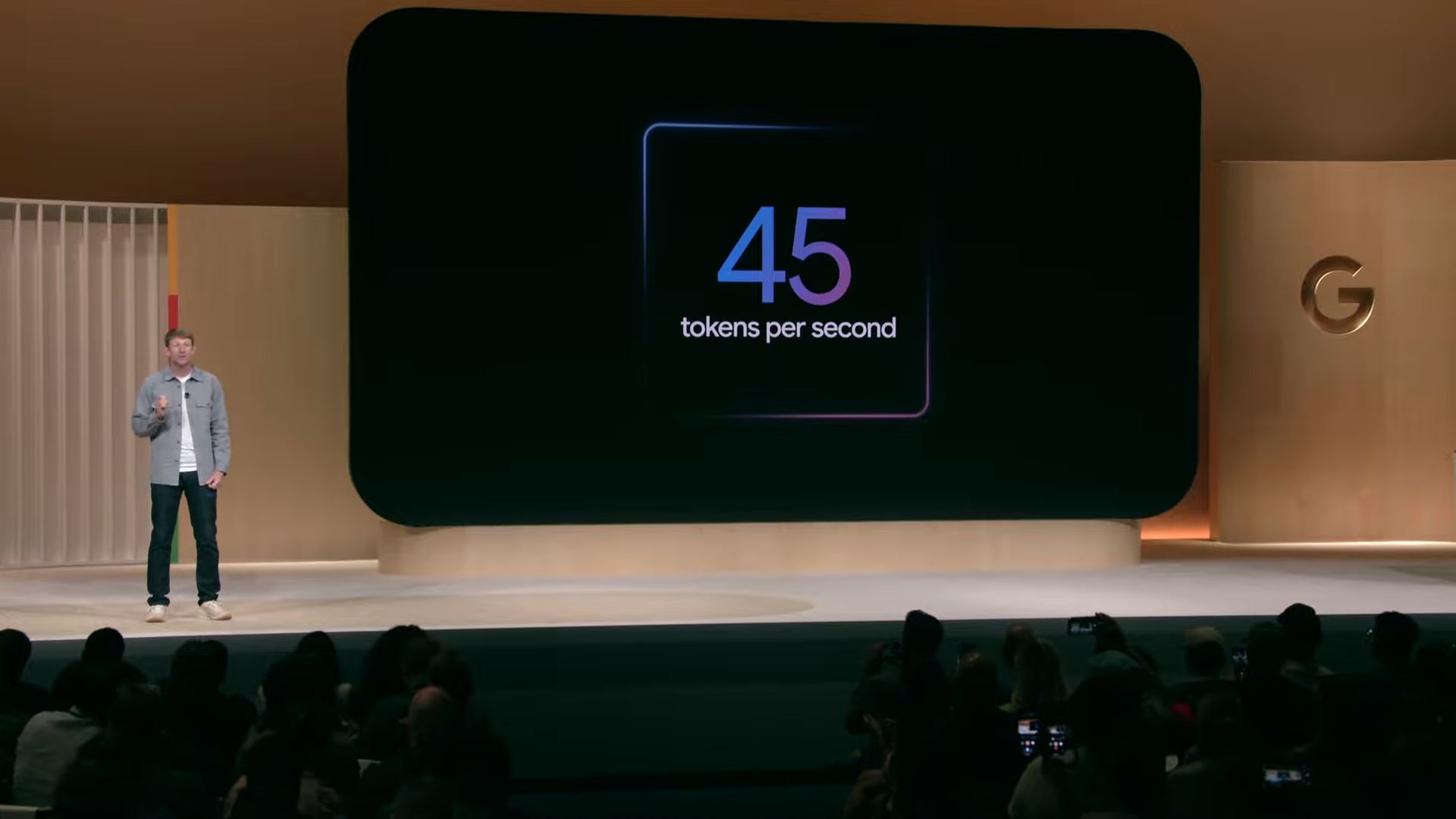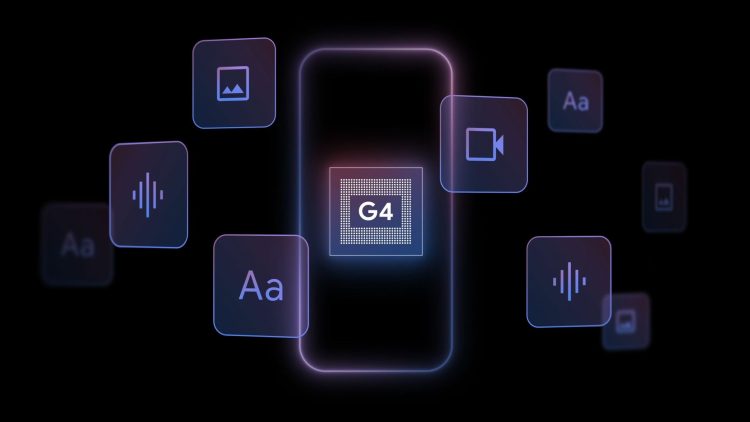The Google Tensor G4 is the latest processor powering the new Pixel 9 series, and it brings a mix of familiar and new elements to the table. As the heart of Google’s flagship smartphones, the Tensor G4 builds upon its predecessor, the Tensor G3, but it does so in a way that might leave some wondering how much has really changed.
The core specs of Google Tensor G4
The Google Tensor G4 continues the tradition of using Arm CPU and GPU cores, manufactured with Samsung’s 4nm process. While Google has been tight-lipped about some specifics, we know the Tensor G4 features a CPU setup with one Cortex-X4 core running at 3.1GHz, three Cortex-A720 cores at 2.6GHz, and four Cortex-A520 cores at 1.95GHz. This configuration, while current, isn’t groundbreaking, especially compared to upcoming chipsets expected later in 2024.

The CPU architecture of the Tensor G4 is as follows:
- 1x Arm Cortex-X4 cores running at 3.1 GHz for high performance.
- 3x Arm Cortex-A720 cores at 2.6 GHz for medium-performance tasks.
- 4x Arm Cortex-A520 cores at 1.92 GHz for power-efficient operations.
One notable change is the reduction of one middle core compared to Tensor G3. This adjustment could improve single-core performance, making everyday tasks such as application launching feel faster. However, it may also reduce multi-threading capabilities, which may not be good for those who demand heavy processing power for tasks like gaming. The Mali-G715 GPU continues to offer a slight clock speed boost, but there are no improvements such as ray tracing support.

Same but different?
Artificial intelligence has always been a key focus for Google’s Tensor processors, and the Tensor G4 is no exception. Despite this, the AI core in the Tensor G4 remains largely unchanged from the G3. Google’s Tensor Processing Unit (TPU) continues to drive AI features, including Gemini Nano, which can process 45 tokens per second. While impressive, this performance doesn’t dramatically outshine competitors like Qualcomm and MediaTek.
The lack of substantial upgrades in AI capabilities might be a disappointment for some, especially considering the hype around AI-driven features in modern smartphones. However, Google has optimized the Pixel 9‘s RAM to enhance AI performance, dedicating a portion specifically for on-device processing, which should result in smoother and faster AI operations.
What’s new and what stays the same?
Beyond AI, the Google Tensor G4 shares many components with its predecessor. The GXP Digital Signal Processor for camera tasks, the BigWave media codec block, and the Titan M2 security chip are all carried over from the Tensor G3. This continuity means that while the Pixel 9 benefits from tried-and-tested technology, it doesn’t introduce major new features in these areas.

One area of improvement, however, is in connectivity. The Tensor G4 is paired with the new Exynos Modem 5400, which promises up to 50% more efficiency compared to the modem in the Pixel 8. This modem supports 5G non-terrestrial networks, enabling satellite communication for SOS messaging—a useful upgrade for users in remote areas.
The Google Tensor G4 may not be the upgrade some were expecting, but it remains part of the Pixel 9 lineup. It offers incremental improvements in performance and efficiency, particularly in everyday applications like web browsing and app launching. While the lack of advances in AI and gaming is disappointing, the Tensor G4 continues to power the features of Google’s Pixel phones.
For those considering an upgrade, the Tensor G4 delivers on the promise of a reliable and efficient processor, even if it’s not breaking new ground. As Google prepares to transition to TSMC for the Tensor G5, the Tensor G4 serves as a solid, if modest, stepping stone in the evolution of the Pixel series.
Featured image credit: Google





